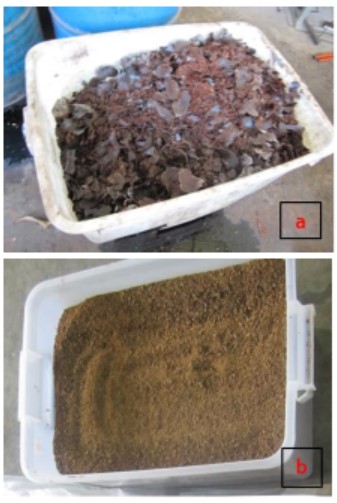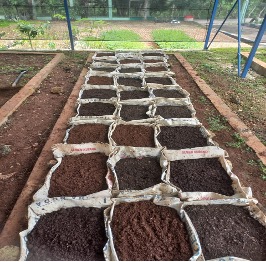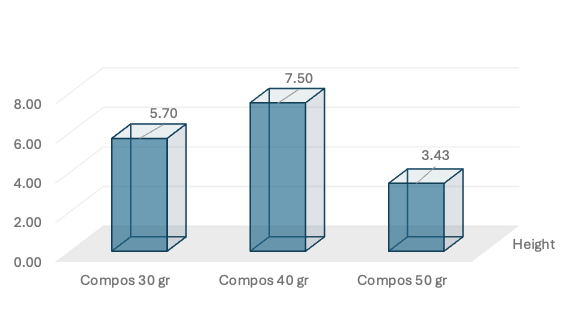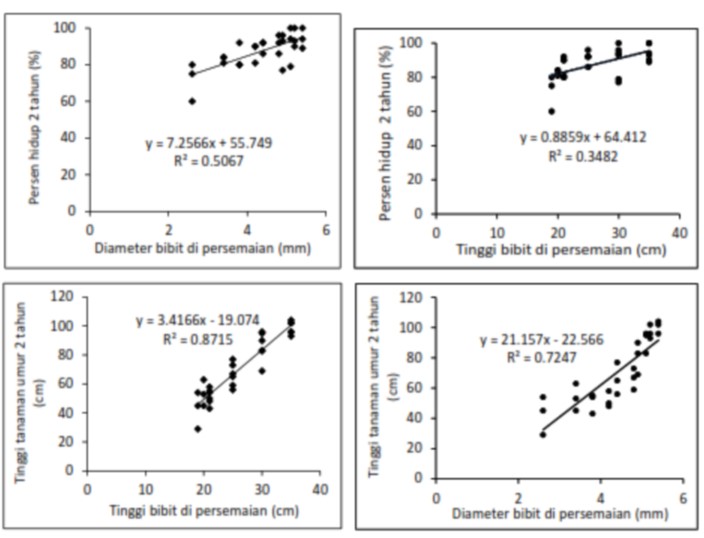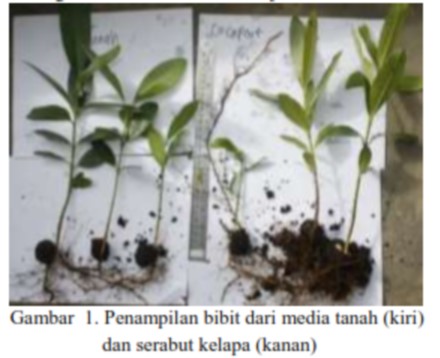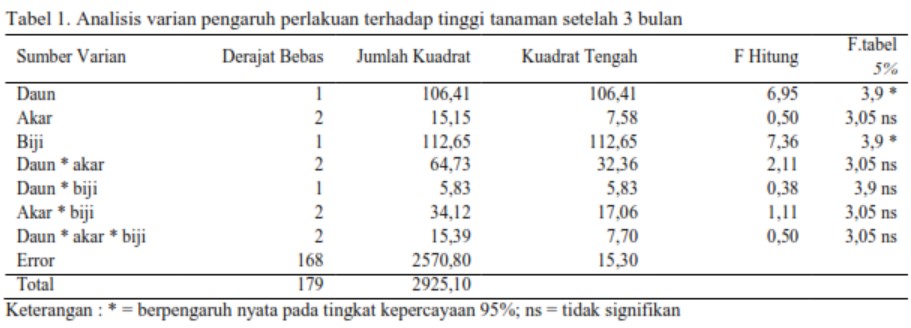Compost Quality of Nyamplung (Calophyllum inophyllum L.) Solid Waste Oil Industri with Four Starters
Abstract
The purpose of this research is to utilized and provide added value from dregs seed of nyamplung solid waste through composting process using several starters, and findout the compost chemical character. The research was design as randomized complete (CRD) with 4 types of starters as treatments (biostarter of cattle rumen contents, Prouponic Gb # 1, EM4, Primadec C-15) each with 3 replications. Analysis of 7 chemical properties parameters carried out on nyamplung dregs seed before and after the treatment included: pH, DHL, organic C, total N, C / N ratio, Total P, and total K by comparing to SNI No.19- 7030-2004. The results showed that DHL, C / N ratio, total N, P, and total K of dregs seed compost fulfilled the SNI. The type of starter treatments significantly affected the quality of nyamplung dregs seed compost (DHL, total N, P, and K levels). Types of starters showing the best results were Prouponic Gb # 1 and EM4 compared to other biostarters. Therefore, Prouponic Gb # 1 and EM4 were reccomended to be applied to process nyamplung dregs seed waste into high quality compost.
الحقوق الفكرية (c) 2018 Jurnal Wasian

هذا العمل مرخص بموجب Creative Commons Attribution-NonCommercial 4.0 International License.
Copyright and License
All articles published in Wasian Journal are the property of the authors. By submitting an article to Wasian Journal, authors agree to the following terms:
-
Copyright Ownership: The author(s) retain copyright and full publishing rights without restrictions. Authors grant the journal the right to publish the work first and to distribute it as open access under a Creative Commons Attribution 4.0 International License (CC BY 4.0).
-
Licensing: Articles published in Wasian Journal are licensed under a Creative Commons Attribution 4.0 International License (CC BY 4.0). This license allows others to share, copy, and redistribute the material in any medium or format, and adapt, remix, transform, and build upon the material for any purpose, even commercially, provided that proper credit is given to the original author(s) and the source of the material

This work is licensed under a Creative Commons Attribution 4.0 International License. -
Author's Rights: Authors are permitted and encouraged to post their work online (e.g., in institutional repositories or on their website) prior to and during the submission process, as it can lead to productive exchanges and greater citation of published work.
-
Third-Party Content: If your article contains material (e.g., images, tables, or figures) for which you do not hold copyright, you must obtain permission from the copyright holder to use the material in your article. This permission must include the right for you to grant the journal the rights described above.
-
Reprints and Distribution: Authors have the right to distribute the final published version of their work (e.g., post it to an institutional repository or publish it in a book), provided that the original publication in Wasian Journal is acknowledged.
For the reader you are free to:
- Share — copy and redistribute the material in any medium or format for any purpose, even commercially.
- Adapt — remix, transform, and build upon the material for any purpose, even commercially.
- The licensor cannot revoke these freedoms as long as you follow the license terms.
Under the following terms:
- Attribution — You must give appropriate credit , provide a link to the license, and indicate if changes were made . You may do so in any reasonable manner, but not in any way that suggests the licensor endorses you or your use.
- No additional restrictions — You may not apply legal terms or technological measures that legally restrict others from doing anything the license permits.
Notices:
You do not have to comply with the license for elements of the material in the public domain or where your use is permitted by an applicable exception or limitation .
No warranties are given. The license may not give you all of the permissions necessary for your intended use. For example, other rights such as publicity, privacy, or moral rightsmay limit how you use the material.
الأعمال الأكثر قراءة لنفس المؤلف/المؤلفين
- Hamdan Adma Adinugraha Hamdan , Erytrina Windyarini Erytrina , Trie Maria Hasnah Trie , Arif Priyanto Arif , Hendra Firdaus Hendra, Budi Leksono Budi , The Growth of Calophyllum Inophyllum Scions Taken from Provenance Seed Stand in Wonogiri, Central Java , Jurnal Wasian: مجلد 8 عدد 1 (2021): June

